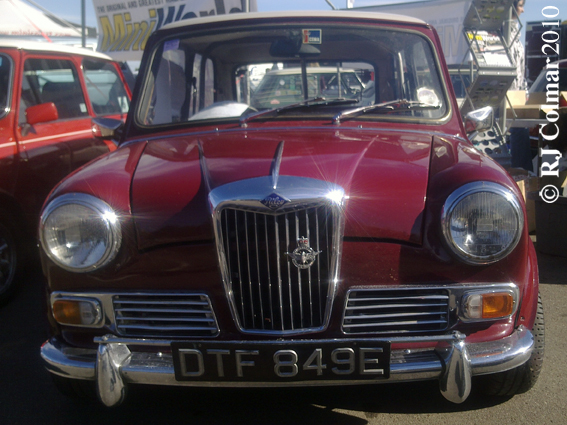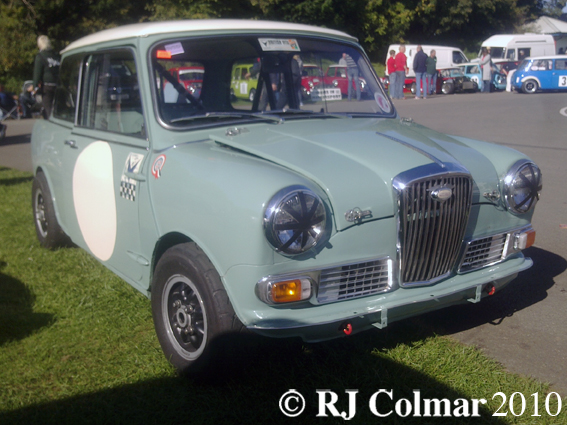For 1968 Ken Tyrrell joined McLaren and Lotus by electing to buy a supply of Ford Cosworth DFV engines and did a deal with MATRA, who’s chassis he had run in Formula 2, to supply Formula One chassis for Jackie Stewart. While finishing the new MS10 challenger MATRA built the MS9 as an interim development car featuring a shortened MS7 Formula 2 monocoque which was adapted to take the DFV as a stressed member.
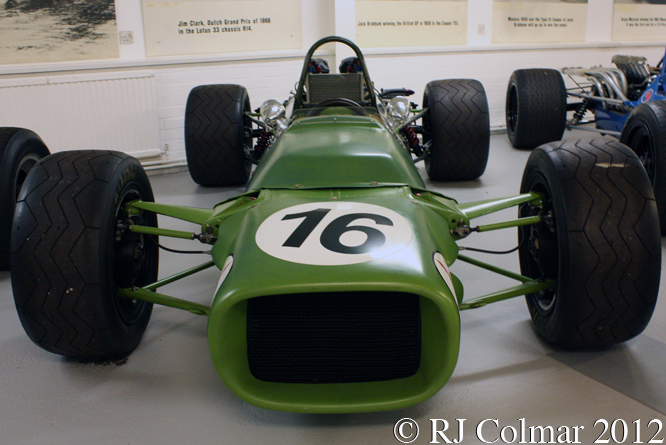
The interim car was fitted with suspension adapted from it’s sports car programme to acommodate the larger Formula One wheels. The car was painted in a zinc or other chromate pigmented primer usually found in the aerospace business, MATRA’s prime business, to protect aluminium alloy.
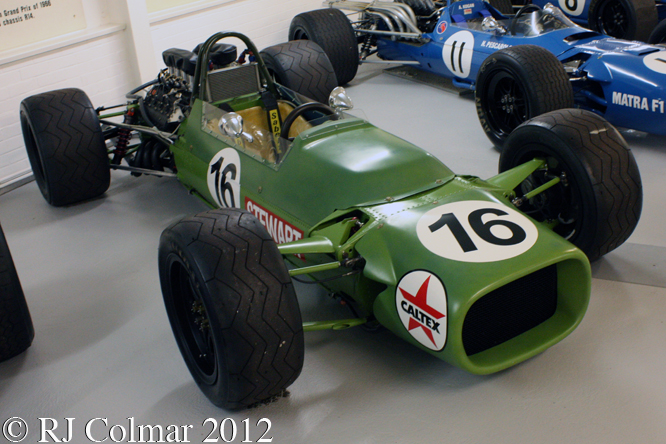
Jackie liked the car in testing and elected to race the primer test car in the 1968 South African Grand Prix in favour of the new MS10. Apparently a late attempt was made to paint the car French blue but the paint chosen did not adhere to the primer.
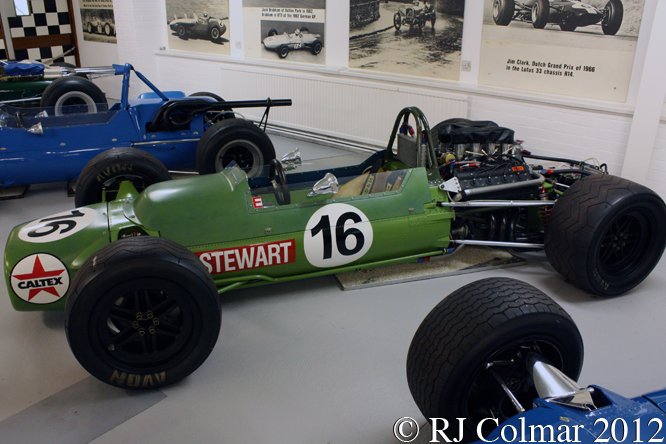
Finance for the new MATRA International Team was provided by a new natianalised French oil brand Elf, which took over a large number of French Caltex retail outlets in 1968 that were subject to a carefully orchestrated overnight nationwide rebranding program.
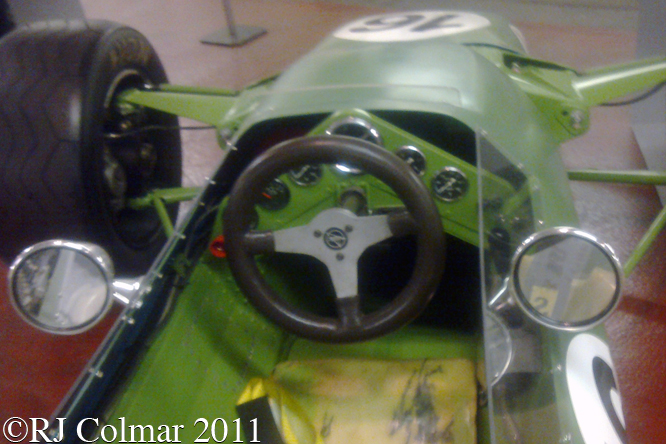
Having qualified an impressive third with only the Lotus 49’s of Jim Clark and Graham Hill ahead of him, Jackie Stewart stepped into the MS9 to start the race knowing he did not have enough fuel on board to complete the race without a pit stop.
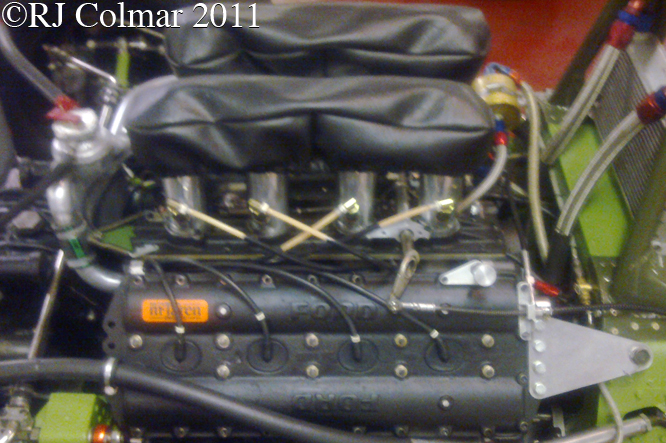
However on lap 43 the car had to retire with a broken valve spring and dropped valve.
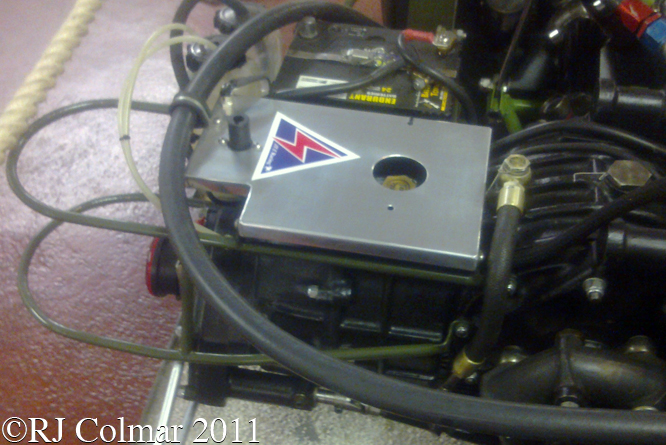
This car was then replaced by the MS10 for the remainder of the season. Note the curved grey bar is part of a subframe that links the rear suspension and gearbox directly to the chassis which kept the rear suspension and gearbox in place when the engine was removed.
Thanks for joining me on this primer car edition of “Gettin’ a li’l psycho on tyres” I hope you will join me again tomorrow. Don’t forget to come back now !


